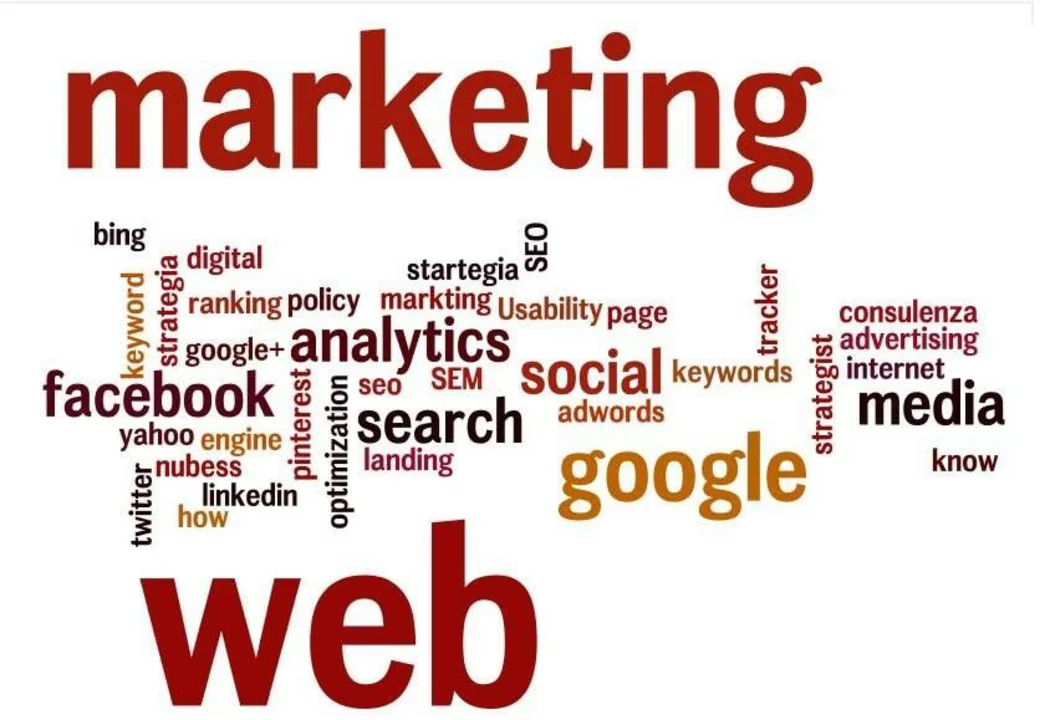
Understanding the Core Components of SEM
In the ever-evolving world of digital marketing, search engine marketing (SEM) continues to be an essential strategy for businesses looking to gain visibility and drive traffic to their websites. Before we dive deep into the scope of SEM, it's important to understand the core components that make up this powerful marketing approach. SEM is a combination of both paid (e.g. pay-per-click or PPC) and organic (e.g. search engine optimization or SEO) efforts to help your website rank higher on search engine results pages (SERPs). This ultimately leads to increased website traffic and, hopefully, more conversions for your business.
Expanding Your Reach with Pay-Per-Click Advertising
One of the primary ways to harness the power of SEM is through pay-per-click (PPC) advertising. With PPC, you essentially bid on keywords that are relevant to your target audience and your business. When someone searches for those keywords on a search engine like Google or Bing, your ad will appear at the top of the SERP, giving your website maximum visibility. The beauty of PPC is that you only pay when someone clicks on your ad, making it a cost-effective way to reach potential customers. By utilizing PPC campaigns, you can expand your reach to a broader audience who might not have otherwise found your website through organic search results.
Leveraging SEO for Long-term Success
While PPC is an effective way to quickly get your website in front of potential customers, search engine optimization (SEO) is the key to long-term success in SEM. SEO involves optimizing your website's content, structure, and metadata to make it more appealing to search engines, with the ultimate goal of ranking higher on SERPs for relevant keywords. This can include tactics such as keyword research, on-page optimization, and link building. By investing in SEO, you can improve your website's organic search rankings, leading to increased visibility, traffic, and ultimately, conversions over time.
Utilizing Local Search Marketing Strategies
For businesses with a local presence, tapping into local search marketing is a crucial aspect of SEM. Local search marketing involves optimizing your website and online presence for local searches, such as "near me" queries or searches that include a specific city or region. This can include optimizing your Google My Business listing, building local citations, and ensuring your website has localized content. By focusing on local search marketing, you can drive more targeted traffic to your website, resulting in higher conversions and a stronger connection with your local community.
Measuring and Analyzing SEM Campaign Performance
One of the most important aspects of any marketing initiative is the ability to measure and analyze the performance of your campaigns. SEM is no exception. By utilizing tools like Google Analytics, Google Ads, and Bing Ads, you can track the performance of your PPC and SEO efforts, and gain valuable insights into how users are engaging with your website. This data can help you make informed decisions about your SEM strategy, such as which keywords to target, which ads are driving the most conversions, and which aspects of your website may need improvement. Keeping a close eye on your SEM performance will ensure that your efforts are yielding the desired results and that you are continually optimizing your campaigns for success.
In summary, the scope of search engine marketing (SEM) is vast and encompasses various strategies to help businesses improve their online visibility, drive targeted traffic, and ultimately, increase conversions. By understanding the core components of SEM, such as PPC, SEO, and local search marketing, and continually monitoring and analyzing your campaign performance, you can harness the power of SEM to grow your business and achieve your digital marketing goals.
